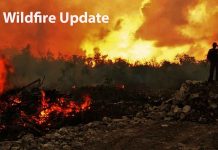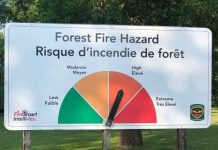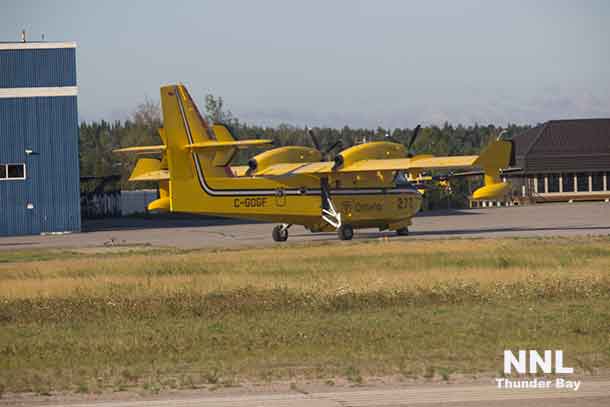
There are about four hundred residents from Eabametoong First Nation and Sandy Lake who are returning home. They will be using five planes, staged over 13 flights. Two additional aircraft are expected to be available tomorrow to support the repatriation of evacuated residents. As of Wednesday morning, 3,438 residents remained in host communities.
In addition, the Chief of Sandy Lake moved more than 200 Sandy Lake residents from Marathon, with 75 residents going to Thunder Bay and 126 residents going to the Sioux Lookout region. The planning for the return of the rest of the evacuated residents to their communities continues in collaboration with the First Nations
leadership and the federal government, to ensure families can return to their homes safely, as soon as conditions allow.
Fire restrictions were lifted in zones 1, 2 and 3 yesterday and although the fires currently pose a low risk to most communities, Fire Officials are constantly assessing the situation with First Nations Leadership. All necessary resources are available and on standby should conditions change and further evacuations be required.
The weather forecast is promising sunny skies in northwestern Ontario for most of today (July 28th) with very little moisture accumulating on the ground. Isolated thunderstorms coming in from the west have the potential to start new fires.
A comprehensive fire mapping has been conducted and the number of hectares burned down has been adjusted to 541,883. This is the third largest fire season for hectares burned since record keeping began in 1917. The highest number of hectares burned was 1923, with 857,995. The second highest was 1995, with 612,436
hectares burned.





